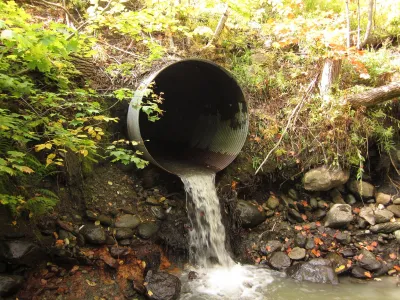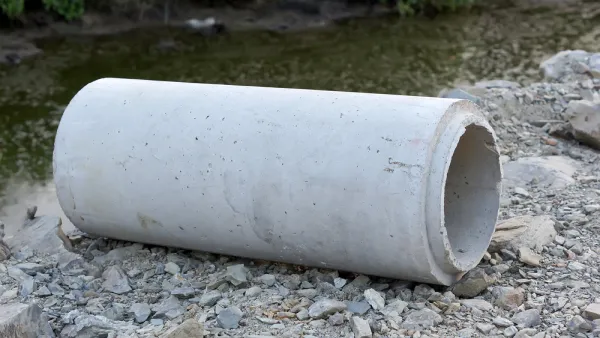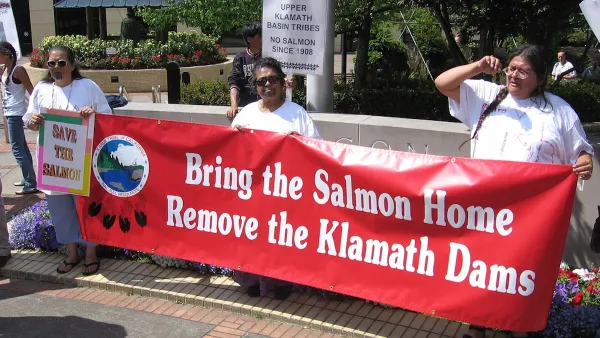Orcas and tribes depend on salmon, but culverts are blocking the fish from reaching breeding grounds. The state is struggling to come up with funding to remove and repair the infrastructure.

The status of salmon is critical in Washington because the fish are an essential food source for orcas and tribes depend on salmon fisheries. Culverts that move water downstream are keeping salmon from traveling to breeding streams, reports Brad Shannon. The state needs to come up with $3.1 billion to take out or fix the pipes and structures and make the streams accessible to the fish.
The state needs to move quickly, as the orcas are facing extinction and a federal court decision in favor of tribes requires that the streams be opened to salmon runs. But legislators are not sure where the funding will come from. "In what looked like a potentially major step forward, Gov. Jay Inslee in December proposed to spend more than $1 billion over the next two years on orca and salmon recovery, including ongoing commitments to improve Puget Sound water quality and fish habitat," Shannon writes.
Another possible source of funding would be a carbon tax and gas tax increase, part of a transportation bill making its way through the state legislature. "[Steve] Hobbs’ plan, which includes controversial fees on new construction projects, specifically would cover culvert costs and pay for major highway projects such as a bridge over the Columbia River and new electrified ferries," says Shannon.
Opponents say they do not want to support the two funding options because they involve new taxes, and some legislators say they need to look to short-term solutions to cover the culvert project. "[Christine Rolfes] said it is possible the Legislature will again take a more piecemeal approach to this budget challenge, rather than adopt a whole-hog approach, as embodied in Inslee’s proposal with real estate taxes and in Hobbs’ carbon-tax proposal," notes Shannon.
FULL STORY: Fixing culverts could save the orcas — but who will pay?

Analysis: Cybertruck Fatality Rate Far Exceeds That of Ford Pinto
The Tesla Cybertruck was recalled seven times last year.

National Parks Layoffs Will Cause Communities to Lose Billions
Thousands of essential park workers were laid off this week, just before the busy spring break season.

Retro-silient?: America’s First “Eco-burb,” The Woodlands Turns 50
A master-planned community north of Houston offers lessons on green infrastructure and resilient design, but falls short of its founder’s lofty affordability and walkability goals.

Test News Post 1
This is a summary

Analysis: Cybertruck Fatality Rate Far Exceeds That of Ford Pinto
The Tesla Cybertruck was recalled seven times last year.

Test News Headline 46
Test for the image on the front page.
Urban Design for Planners 1: Software Tools
This six-course series explores essential urban design concepts using open source software and equips planners with the tools they need to participate fully in the urban design process.
Planning for Universal Design
Learn the tools for implementing Universal Design in planning regulations.
EMC Planning Group, Inc.
Planetizen
Planetizen
Mpact (formerly Rail~Volution)
Great Falls Development Authority, Inc.
HUDs Office of Policy Development and Research
NYU Wagner Graduate School of Public Service




























